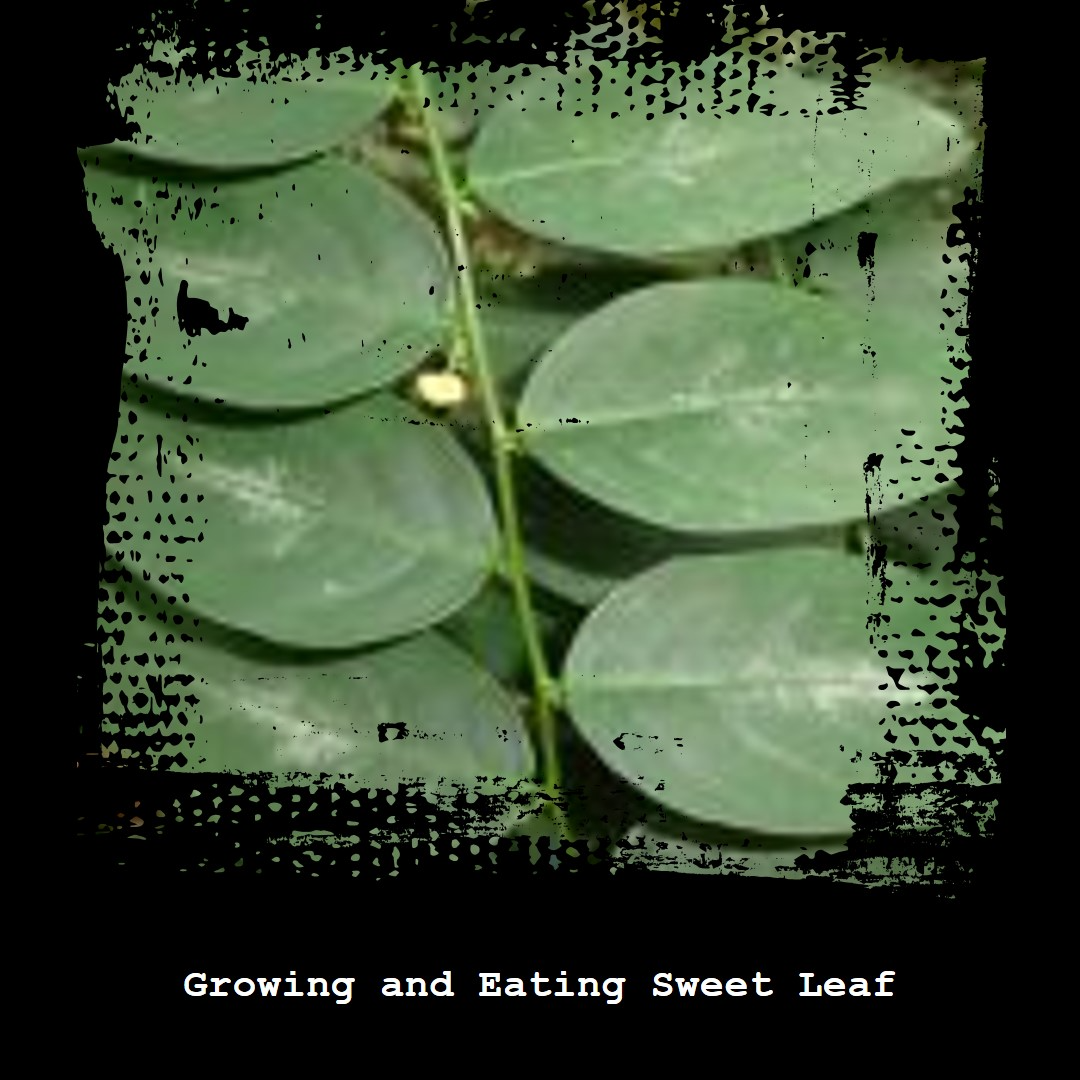Let’s delve into the world of Sweet Leaf (Sauropus androgynus), also known as Tropical Asparagus, Katuk, Star Gooseberry, Chang Kok, or Manis. This attractive perennial bush/small tree offers not only visual appeal but also a wealth of culinary and nutritional benefits. Join us as we explore the description, uses, growing details, and delectable ways to enjoy this versatile green treasure in your garden.
Description and Noteworthy Traits:
Sweet Leaf is an attractive perennial bush/small tree that can reach a height of 1-2 meters. Its dark-green oval-shaped leaves, measuring 5-6 cm long, add a touch of elegance to any garden. The plant produces flat, round, orange/red flowers that are approximately 1-2 cm in size. In tropical climates, Sweet Leaf bears edible pink and white berries with small black seeds, adding an extra element of interest to its overall charm.
Versatile Uses and Functions:
Sweet Leaf is a must-have plant for your permaculture garden. It is one of the most prolific, heavy-yielding, nutritious, and appetizing green leaves in Australia. By planting the bushes close together, you can create a living food hedge, providing a constant supply of fresh greens. The leaves, flowers, and seeds of Sweet Leaf are all edible, making it a versatile addition to your culinary repertoire. It is popular as poultry feed, known to improve egg quality. Additionally, Sweet Leaf has been used as an infusion to treat fevers and ulcers, and is considered a folk remedy for snoring and teeth grinding during sleep.
Nutritional Value and Health Benefits:
Sweet Leaf is not only delicious but also highly nutritious. It boasts an impressive protein content, ranging from 34-39%. The leaves are an excellent source of calcium, potassium, magnesium, phosphorus, and iron. A ½ cup serving of fresh leaves supplies 22% of the daily requirement of vitamin A and is a substantial source of vitamin C. Sweet Leaf is especially beneficial for lactating mothers, as it promotes high protein milk production. It is known to relieve fatigue, build stamina, and is considered beneficial for anemia. The dark-green leaves contain chlorophyll, which acts as a valuable blood-building element, supports cell rejuvenation, aids circulation, promotes a healthy intestinal flora, and assists regular bowel elimination. Consuming a handful of leaves a day ensures a good source of greens in your diet.
Growing Details and Care:
Sweet Leaf can be easily propagated from cuttings measuring 10-25 cm long, which can be rooted in water or moist soil. Strip the leaves off the bottom half of the stems and bury them to half their length, spacing them approximately 60 cm apart. Regular harvesting of the plant encourages the growth of new tips. The best time to grow Sweet Leaf is during the wet season or spring. It thrives in a moderate to rich loam soil, with the incorporation of animal manures. Partial shade is ideal for its growth, and it requires consistent moisture.
Culinary Applications:
The leaves of Sweet Leaf offer a delightful flavor reminiscent of fresh green peas or asparagus. They can be used as a delicious alternative to lettuce in salads, especially during the wet season. The new tips and flowers can be enjoyed raw, adding a unique touch to your culinary creations. Steam the dark green, large, mature leaves and use them in various dishes. Sweet Leaf pairs well with ingredients such as crab meat, minced pork or dried shrimp, anchovies, or eggs. It can be added to sandwiches, curries, meat, rice and curry dishes, scrambled eggs, omelets, dips, pickles, and casseroles. Try tossing it through a stir-fried dish just before serving for an added burst of freshness.
The leaves can also be dried for a high-protein addition to meals, making them perfect for camping. For a tasty treat, fry the leaves in hot butter or oil for a few seconds until crisp and nutty. Another creative option is mixing the leaves into a tempura batter and deep-frying them.
Versatile Green Treasure
Sweet Leaf is a versatile green treasure that deserves a place in your garden and on your plate. With its attractive appearance, high nutritional value, and multitude of culinary applications, it offers a unique and satisfying addition to any organic garden. Embrace the abundance of Sweet Leaf and explore its diverse flavors in various dishes. From salads to stir-fries, this versatile plant is sure to impress both your taste buds and your health. Happy gardening and bon appétit!
